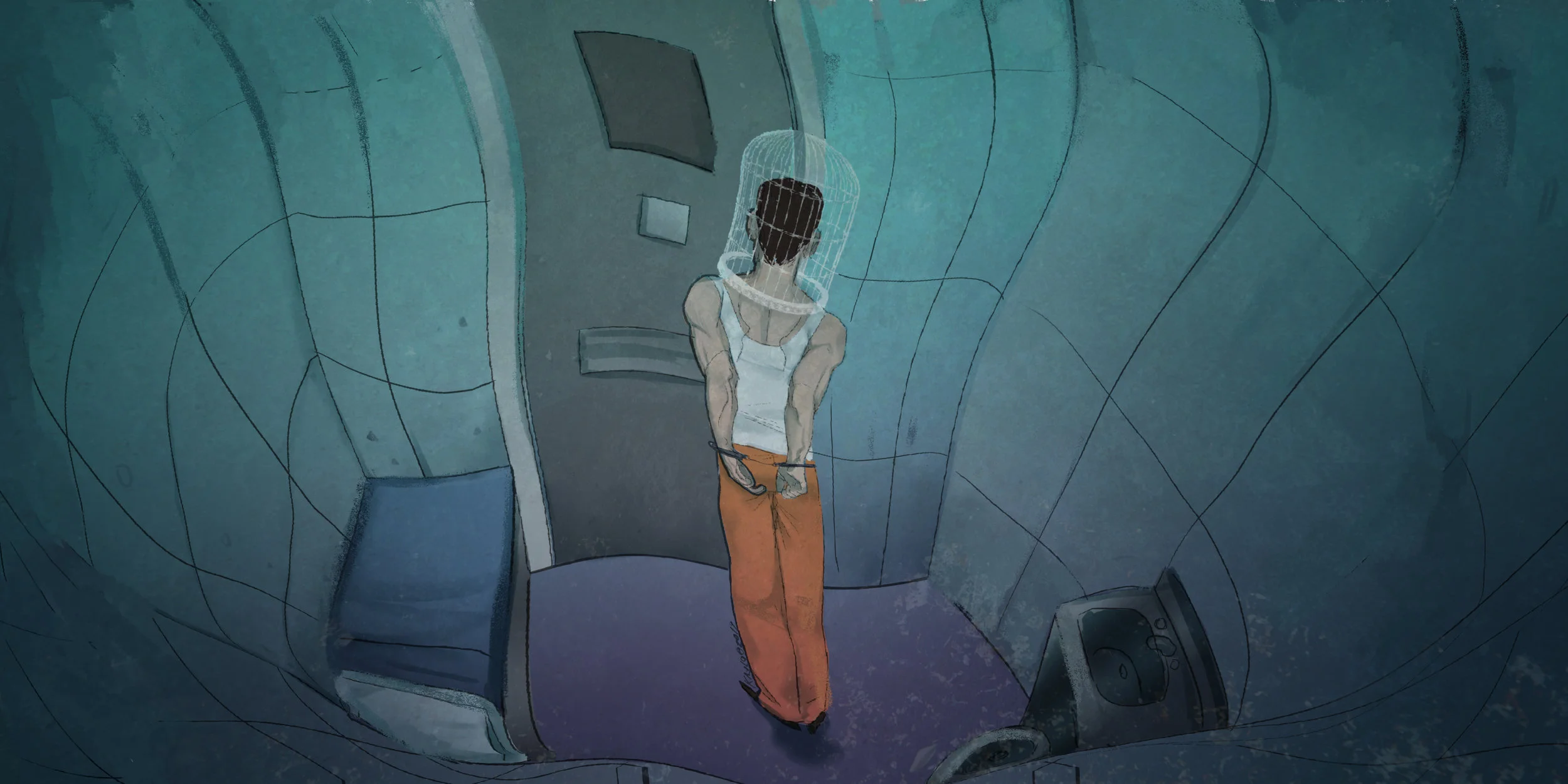June 2018
Issue 27: Maps
A map is a many-splendoured thing: information transformed into imagery, coded to show connections, boundaries and the treasure of communicating what lies where. But this simple representation of data is just as susceptible to foul play or human error as any other kind of scientific endeavour.
This issue we map out everything from our brains, to general relativity, to the universe and beyond. We decipher how mapping the human genome is problematic and how maps have been used to reinforce racist living standards.
Cover illustration by Chehehe
Editorial
Features
Genetics can help track the scattering of humans across the globe. But do scientists have the right to study any DNA they want to?
A century of cortical cartography has helped neurologists understand how the human brain perceives and interprets our complex surroundings.
The geometry of a world map is remarkably similar to the geometry of spacetime. Science educators are exploring maps as models for teaching Einstein’s theory of general relativity.
Humans have been piecing together an atlas of the heavens for millennia. The advent of gravitational wave astronomy means we can now listen to the rhythms of the cosmos and map uncharted territory.
Maps drawn by the US government in the 1930s made racial segregation an official promise of public policy. Those maps, and the policies they underpinned, paved the way for today’s segregated cities – and ongoing environmental degradation for Black Americans.
All of our experiences are mapped out by our brains, from fond holiday memories to our worst trips to the dentist. But when it comes to the stories we consume, there are special connections at play.
PODCAST
Over 400 years ago the first modern atlas, known as the Theatre of the World, was created and published, by Abraham Ortelius. Ortelius's map, created in 1527, recorded the first evidence of continental drift and also helped to communicate the shape of the world. But of course, indigenous people all around the world had already mapped their environments. Indigenous Australians were guided by stars and songlines, ancestral tracks that existed thousands of years before any atlas. This episode explores all of that, plus the value of mapping brains, and the technology that maps genes so we can edit them.
Articles
Although it gets some bad press, the process of irradiating food is well understood and tightly regulated.
For centuries, the simple science of concave and convex lenses has helped us correct refractive error, a leading cause of visual impairment.
Satellite imagery gives us an invaluable bird’s eye view of how ecosystems have responded to decades of human influence.
Columns
While scuba diving for hammerhead sharks in a Cuban mangrove, Melissa Márquez felt a pair of teeth lock onto her leg.
When conducting fieldwork in the muddy waterways around Adelaide, many things can go wrong. And they did.
20th century genetics operated under Central Dogma. But its successor, genomics, has a messier story.
The “cognitive revolution” may not have represented a paradigm shift, but it forever changed how we think about thinking













































































Man vs nature is a contest we'll never win when it comes to shaping the world around us. Who'd bet on us when the other team has earthquakes and eruptions?